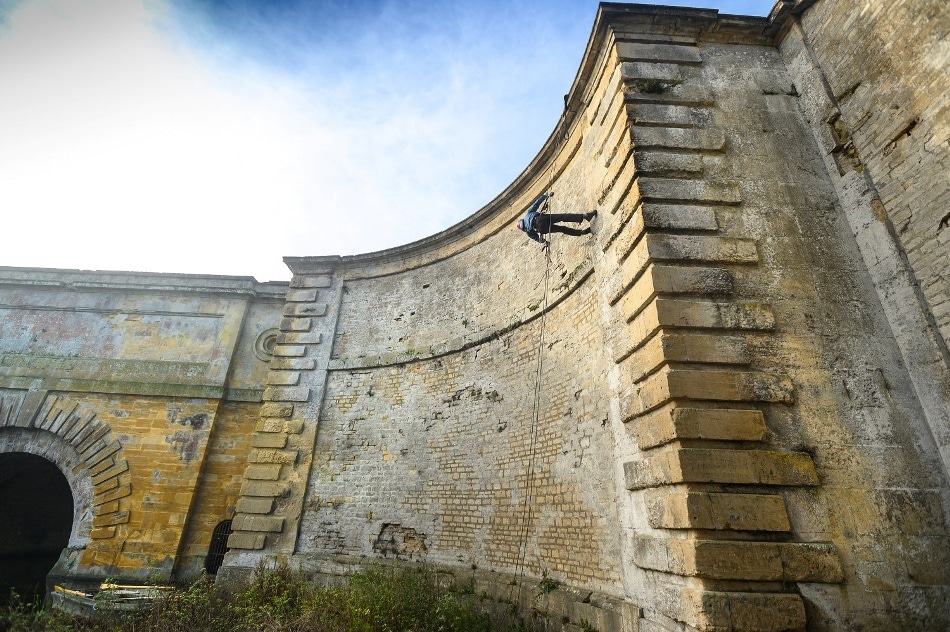Dec 12 2019
Abseiling ecologists are using miniature borescope cameras to monitor rare bat colonies roosting inside Blenheim Palace’s Grand Bridge.
 BSG Ecology abseils down the Grand Bridge as part of a rare bat monitoring scheme at Blenheim, Richard Cave Photography
BSG Ecology abseils down the Grand Bridge as part of a rare bat monitoring scheme at Blenheim, Richard Cave Photography
The Oxfordshire UNESCO World Heritage Site commissioned the survey work ahead of a multi-million-pound restoration project for the bridge, designed by 18th century architect and playwright John Vanbrugh, which gets under way in 2020.
BSG Ecology’s Guy Miller, a licenced bat ecologist with qualifications in aerial rescue and tree climbing, abseiled down the iconic bridge to identify and inspect features which could support roosting bats and breeding birds.
As part of their survey work BSG Ecology is also using high-specification thermal imaging cameras and bat echolocation detectors.
The Estate is known to support a wide variety of bat species including the rare barbastelle, the range-restricted lesser horseshoe bat and maternity sites for Daubenton’s bat.
The bridge, which contains up to 33 rooms, including a boathouse and a bathing house, was partially submerged as part of ‘Capability’ Brown’s grand re-design of Blenheim’s lakes and parkland.
“Part of our responsibility when planning work in the World Heritage Site includes understanding the ecology of the area.
We knew the bridge was being used by bats during the summer months but we weren’t sure exactly where they were roosting, nor which species they were,” said Blenheim Palace’s Historic Buildings and Conservation Surveyor Richard Bowden.
All UK bat species, their breeding sites and resting places, are fully protected by law and so it is vital Blenheim Estate can find out as much as possible about their movements and habits in order to safeguard them.
“The latest results are extremely informative and we will use them, along with data gathered from previous surveys, to ensure any restoration work carried out on the bridge will not adversely affect the ecology and particularly the bats,” said Richard.
“We will also look at providing additional roosting opportunities within the bridge and the Estate in a bid to further secure and hopefully increase wild populations,” he added.